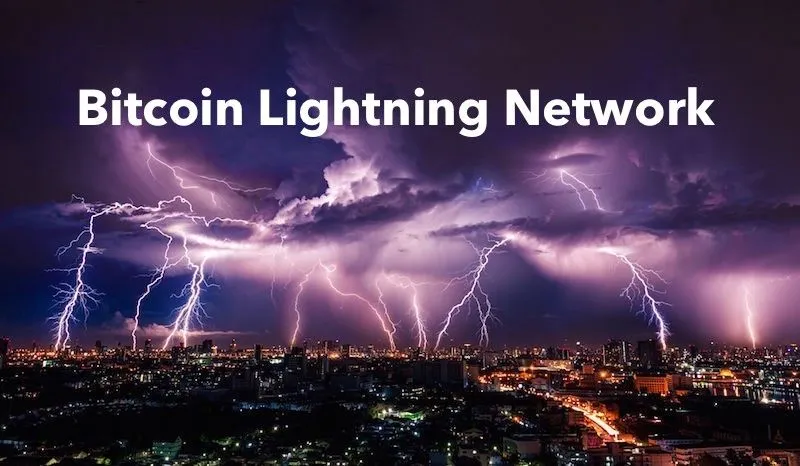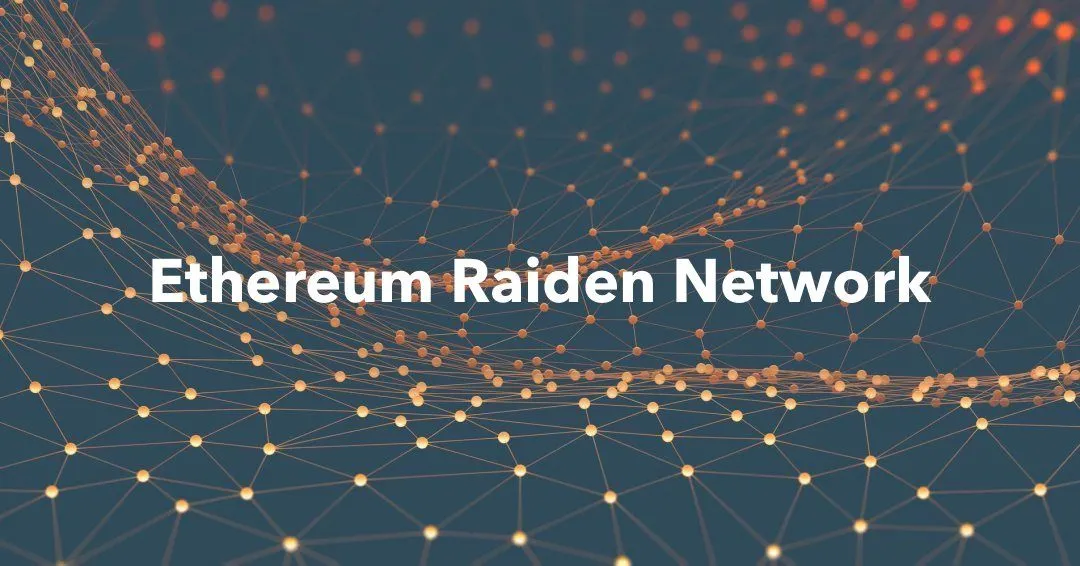Hi everyone. This article will cover the different solutions working to scale the top two cryptocurrencies, namely Bitcoin's Lightning Network and Ethereum's Raiden Network. Also, today is my 1-month/31-day Steemit birthday 🎂, so all of the first 31 comments posted below will earn an upvote from me. Though it's just one cent, it's my way of saying "thanks" to all of my followers and readers. Let's get started!
Bitcoin Lightning Network

What's the Lightning Network, and what does it do?
The Lightning Network is a way to scale Bitcoin further, causing huge improvements in Bitcoin. The main idea of the Lightning Network is to rely on the blockchain only when necessary; it allows for payment "channels" to be established between users that allow the users to send payments to each other without using the blockchain.
The blockchain is only used for setting up and closing the payment channel, so all of the caveats that come with blockchain usage are minimized. The Lightning Network greatly improves these essential areas:
- Scalability - The Lightning Network increases the number of transactions per second Bitcoin is capable of to potentially billions.
- Speed - Rather than relying on blockchain confirmation time which may take some time, Lightning Network transactions confirm in seconds to milliseconds, because they don't rely on the blockchain or on miners.
- Minimal Fees Because the Lightning Network rarely communicates with the blockchain, fees are unbelievably low, yet the transactions are still secure and trustless as with the blockchain.
Lightning Network transactions can be represented as "IOU" (I owe you) letters that state that Alice owes Bob 2 BTC. Any IOU can be "given to the blockchain" by either Alice or Bob, though that would incur small fees and waiting times. Now, Bob went out to dinner and Alice payed 3 BTC for the both of them, so Bob updates the Alice-Bob IOU to say "Bob owes Alice 1 BTC." Alice doesn't trust Bob anymore and doesn't want to do business with him, so Alice takes the IOU and gives it to the blockchain, making it official.
How can it do that?
As explained above, the Lightning Network takes most transactions off the blockchain into "payment channels." But what are these, and how do they work?
It's not that simple, but it's not too complicated either. Here's how the payment channels work:
- The two users on the payment channel make a ledger entry into the blockchain requiring both participants' signatures to sign off on fund transfers. Both of them create transactions refunding that entry to the individuals in the proper amounts, but those transactions don't get broadcasted to the blockchain and stay in the two-person or two-entity channel.
- The two parties can easily update their personal allocations for the entry by creating transactions spending from that output, and as before, these transactions stay away from the blockchain. Using Blockchain Smart Contracts, only the most recent transaction is valid and the others are not.
- If one of the parties decides to close the channel, they can easily broadcast the most recent channel version to the blockchain, requiring no trust between parties.
But what if Charles wants to send money to Dean, yet they don't have a payment channel set up? Additionally, this is going to be a one-time or low-frequency transaction, and Charles doesn't want to set up a payment channel with Dean. How does this work?
- These two-entity payment channels can be connected together to form an entire graph or network. This means that any node on the network can send money to another node if there is a path through the payment channels to transfer transactions.
- The nodes along the path aren't trusted with transactional data utilizing a script ensuring that either the whole payment fails or succeeds.
The Lightning Network is very powerful and many believe it's the future to scaling Bitcoin. The official paper details that if all Bitcoin users hold at least one payment channel open and that the nodes are interconnected, a near-infinite number of transactions can occur on the network. The Lightning Network is being built and finalized right now, and is already available on Litecoin (LTC), as users are hoping it comes to BTC soon.
Ethereum Raiden Network

The Ethereum Raiden Network is a scaling solution incredibly similar to the Bitcoin Lightning Network; in fact, the main concept of two-way state channels exists in the Raiden Network as well.
However, the main difference between the two is usage: Bitcoin's Lightning Network is built to be used only on payment transfers. After all, Bitcoin is a cryptocurrency for payment and fund transfer. Ethereum, however, has a variety of other uses from tokens to smart contracts. On the Raiden Network, ERC-20 tokens can also be transferred along with ETH.
Additionally, many decentralized applications can run on the speed and scalability of the Raiden Network. For example, a decentralized payment appreciation service. Think of dTube, Steem's decentralized video service, yet instead of creators being paid only when the user chooses to upvote them, they get paid constantly for every second watched. This can set things up to compete better with Youtube, where creators are paid for every ad watched, yet get rid of all of the paywalls and ads in the process.
Also, the Raiden network can be used to promote fast DEXs (decentralized exchanges). It seems very useful for the IoT (Internet of Things), where small bits of bandwidth, storage, or processing power can be traded at super-fast speeds. Just like the Lightning Network, Raiden allows for fast, low-fee, scalable, trustless transactions, yet adds in all of the "ethereum" bits like Decentralized Apps and Smart Contracts.
In the end, both of these solutions are amazing works of technology that could allow for cryptocurrencies like these two to be scaled for widespread usage, alleviating many of the caveats of both.
Thanks for reading,
— @mooncryption
image sources: 1 - medium, 2 - coinjoker
knowledge sources: 1 - lightning.network, 2 - raiden.network
appreciation: Thanks for reading my post(s). To thank you for being such a wonderful follower/supporter/reader, simply comment below sharing your thoughts on these networks. I'll upvote the first 30 comments over the next few days as my way of saying "thanks."